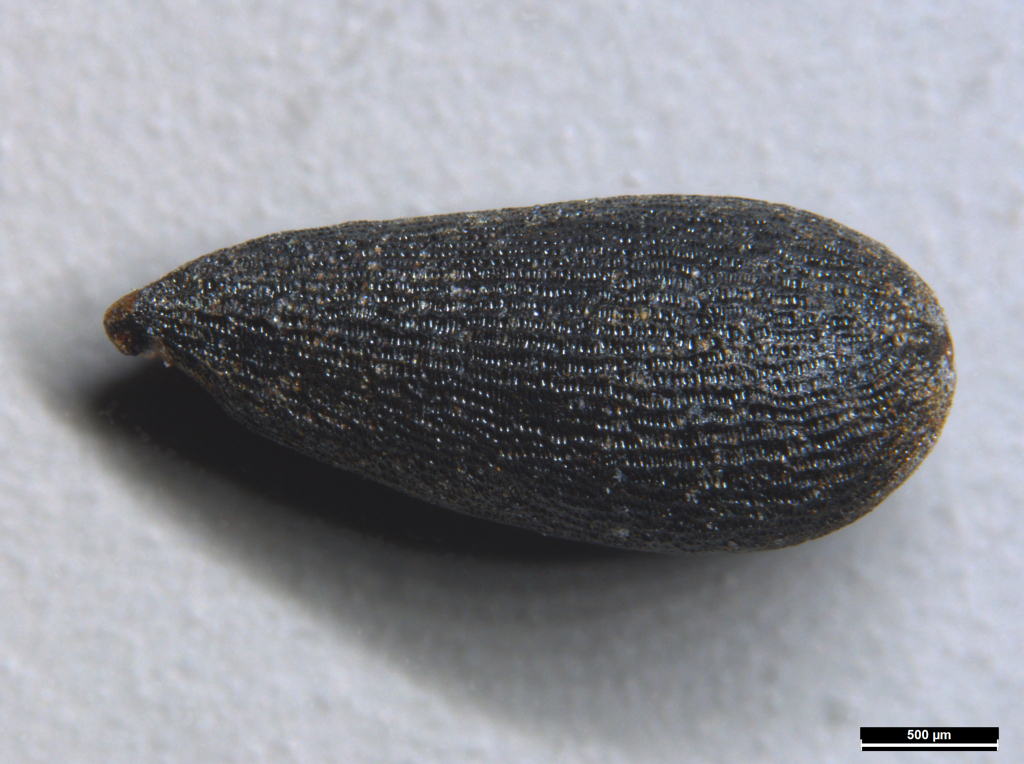Pimelea curviflora
R.Br.Subshrub or shrub, 10–150 cm high; stems hairy. Leaves alternate or opposite, shortly petiolate, narrowly elliptic to obovate or oblanceolate, 2–25 mm long, 1–6(–8) mm wide, concolorous to discolorous, sparsely to densely hairy underneath, glabrous or with shorter hairs on upper surface. Inflorescence terminal and/or axillary, of compact, 4–many-flowered heads; involucral bracts absent or not differentiated from leaves. Flowers bisexual or female, hairy outside, glabrous inside, yellow, greenish-yellow or sometimes reddish in part; floral tube 3–7 mm long, style-portion 2–5 mm long (or sometimes 1–2 mm long in female flowers), circumscissile above ovary; sepals spreading, 0.5–3 mm long, reddish or yellow to brown; pedicel hairy; stamens inserted below sepals, almost sessile in throat; anthers opening towards centre of flower; style not exserted. Fruit dry, enclosed; seed more or less ovoid. Flowers Sep.–Feb.
LoM, MuM, Wim, GleP, Brid, VVP, VRiv, MuF, GipP, OtP, Gold, CVU, GGr, DunT, NIS, EGL, EGU, HSF, HNF, Strz, MonT, HFE, VAlp.
Threlfall (1983) treated P. micrantha as a subspecies of P. curviflora and the two species are clearly closely related, but retained here as separate species.
Threlfall (1983) noted a collection of P. curviflora var. divergens from Wickcliffe in south-western Victoria (collected 1903). This specimen, at Melbourne Herbarium, has since been redetermined as P. curviflora subsp. sericea and appears quite typical of that variety.
See also note under P. micrantha.
Entwisle, T.J. (1996). Thymelaeaceae. In: Walsh, N.G.; Entwisle, T.J., Flora of Victoria Vol. 3, Dicotyledons Winteraceae to Myrtaceae, pp. 912–930. Inkata Press, Melbourne.
 Spinning
SpinningThrelfall, S. (1983). The Genus Pimelea (Thymelaeaceae) in Eastern Mainland Australia. Brunonia 5(2): 113–201.



